PC Takes Forever to Boot? 6 Easy Tricks to Speed up Boot Time
Jul. 05, 2025 / Updated by Eloise to Windows 10
Do you dread turning on your PC because of the long boot time? You are not the only one who suffers from this problem. Slow boot times can caused by various reasons, such as old hardware, unwanted startup programs, or wrong settings. Luckily, there are some simple tricks you can use to speed up your PC’s boot time and get to your tasks (or games) faster.
2. Adjust Your UEFI/BIOS Settings
4. Disable Unnecessary Startup Programs
5. Clean Up Your Disk and Registry Over time
1. Enable Fast Startup Mode
Fast startup is a feature that allows your PC to boot faster by saving the state of the system in a hibernation file when you shut down. This way, when you start your PC again, it can resume from where it left off without going through the full boot process. To enable fast startup, follow these steps:
Step 1: Press Windows+I to open Settings and seelct System > Power & sleep.
Step 2: Under the “Related settings” section, click the Additional power settings.
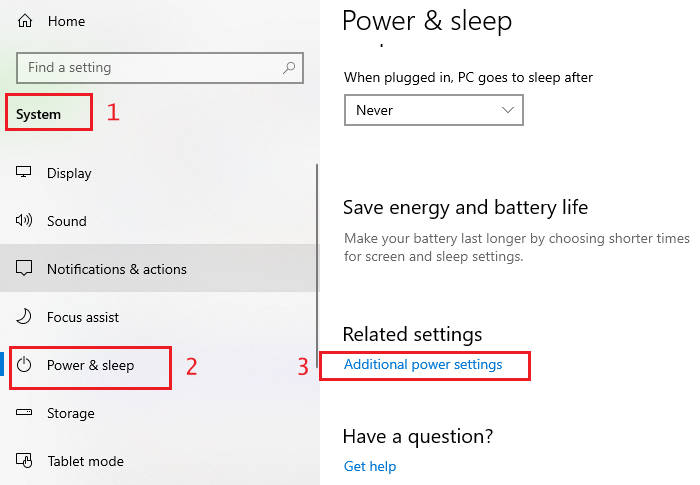
Step 3: Click the Choosewhat the power buttons do from the left navigation pane.
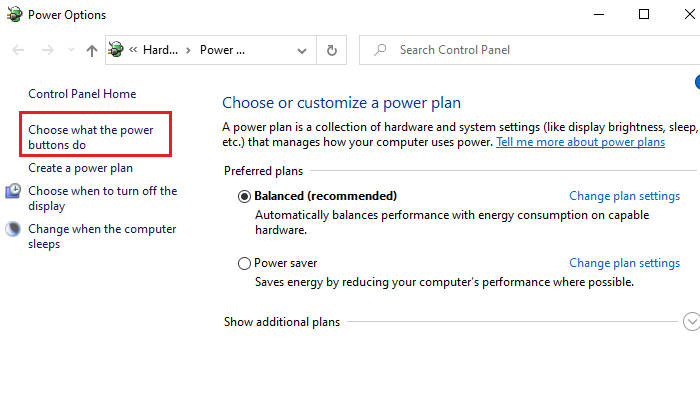
Step 4: Click the Change settings that are currently unavailable.

Step 5: Under the “Shutdown settings” section, check the Turn on fast startup option and click the Save changes button.
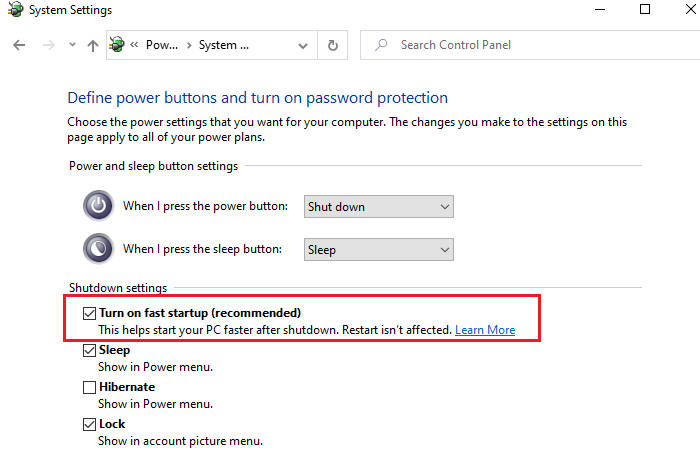
2. Adjust Your UEFI/BIOS Settings
Some UEFI/BIOS have a Fast Boot setting that can speed up your boot time by skipping some of the initial tests and checks that your PC performs when it first starts up.
Step 1: Boot into UEFI/BIOS firmware settings by pressing a designated key (usually F2, F10, F12, or Del) during startup.
Step 2: Press F7 or click Advanced Mode on the bottom-right of the screen.
Step 3: Go to the Boot tab and select Fast Boot.
Step 4: Enable Fast Boot from the drop-down menu behind Next Boot after the AC Power Loss section.
Step 5: Press F10 or click the Exit icon and choose Save changes and Exit.
Step 6:Restart your computer.

Note: The Fast Boot settings may vary depending on your PC or motherboard model and firmware version. You can also check your motherboard manual for more specific instructions.
3. Upgrade Your Hardware
If you are still using a traditional hard disk drive (HDD), you may want to consider switching to a solid-state drive (SSD), which is much faster and more reliable than HDDs. SSDs have no moving parts and can access data much quicker than HDDs, which have to spin a platter and move a read/write head. Installing a new SSD can reduce your Windows 10 boot time by around 20 seconds in comparison to a regular hard drive.
4. Disable Unnecessary Startup Programs
Another common cause of slow boot times is having too many programs that start automatically with Windows. These programs can consume valuable system resources and delay the loading of your desktop.
Step 1: Press Ctrl+Shift+Esc to open the Task Manager, and switch to the Startup tab.
Step 2: Under a list of programs that run at startup, right-click on any program that you don’t need and select Disable.
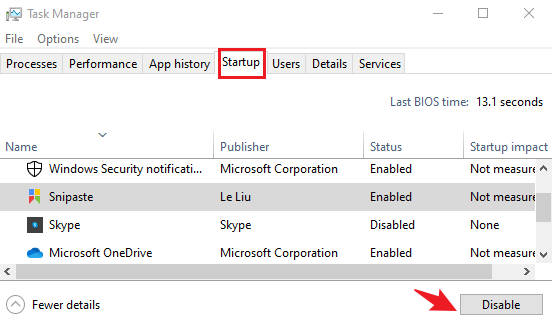
5. Clean Up Your Disk and Registry Over time
Your PC may accumulate junk files and registry errors that can slow down your boot time and overall performance.
Step 1: Open File Explorer and right-click on your system drive (usually C:), select Properties and click the Disk Cleanup button.
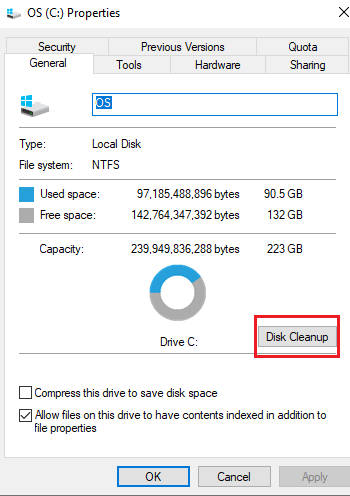
Step 2: Check the boxes for the files you want to delete and click OK.
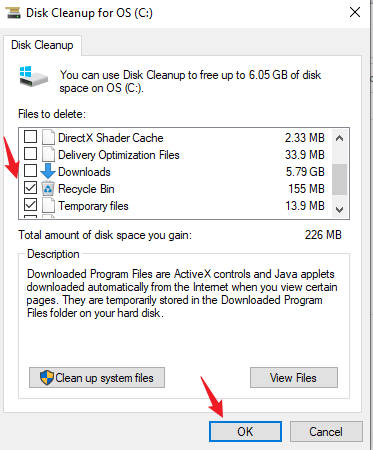
Step 3: Go to the Tools tab and click the Optimize button.
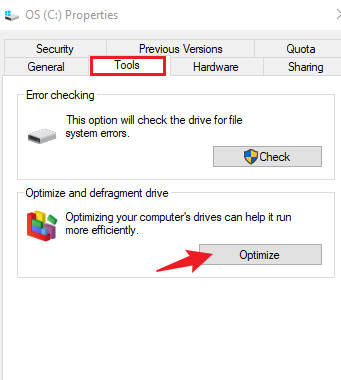
Step 4: Select your system drive and click Optimize.
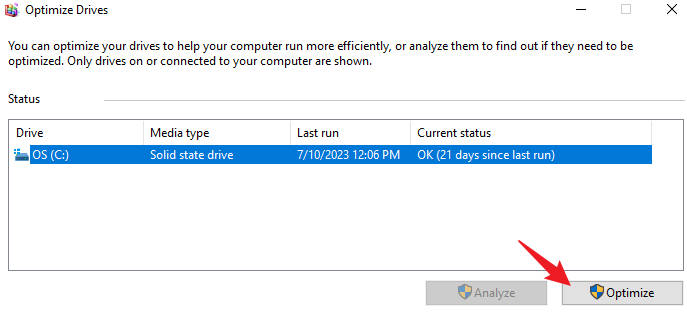
6. Update Device Drivers
Updating your device drivers allows devices to work at the most optimized status. It will be a massive task if you manually upgrade the drivers one by one in Device Manager. But Driver Talent will make things easier. It is a software that helps users to find and install the latest drivers for their Windows-based computer, which offers a one-click solution to update, backup, and restore drivers. With Driver Talent, you can update all the drivers in no time. Because of its effectiveness, your PC drivers will be always updated to their most recent versions.
Step 1: Launch Driver Talent and click Scan to detect any driver issues.
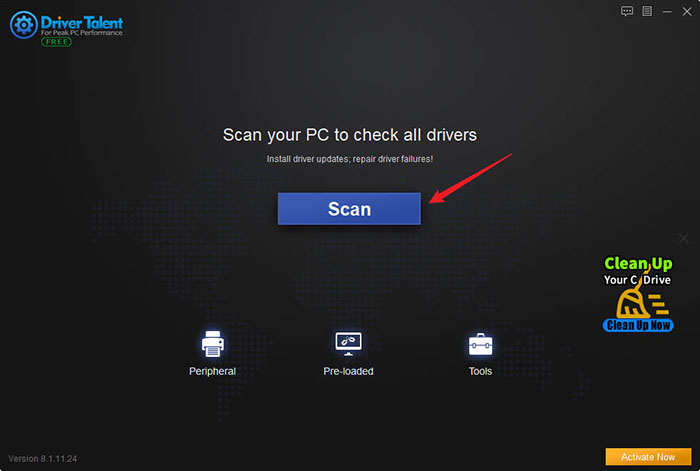
Step 2: Click Install all to download and install the latest driver versions for all the devices.
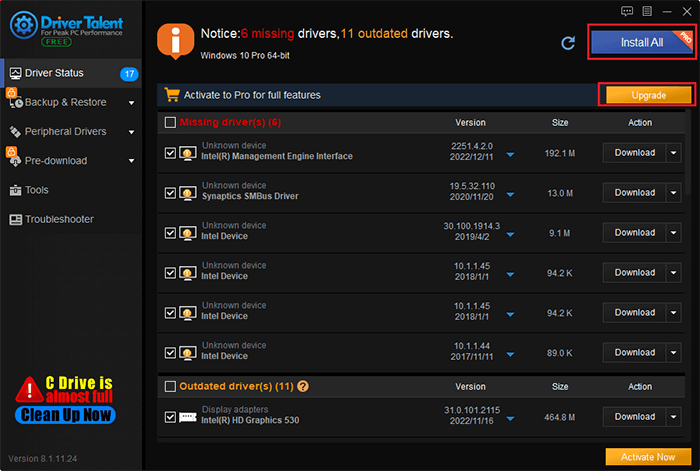
Step 3: Restart your PC to save the changes.
You may also like

|
ExplorerMax |

|
Driver Talent for Network Card | |
| Smart and advanced file explorer tool for Windows platforms | Download & Install Network Drivers without Internet Connection | |||
| 30-day Free Trial | Free Download |







